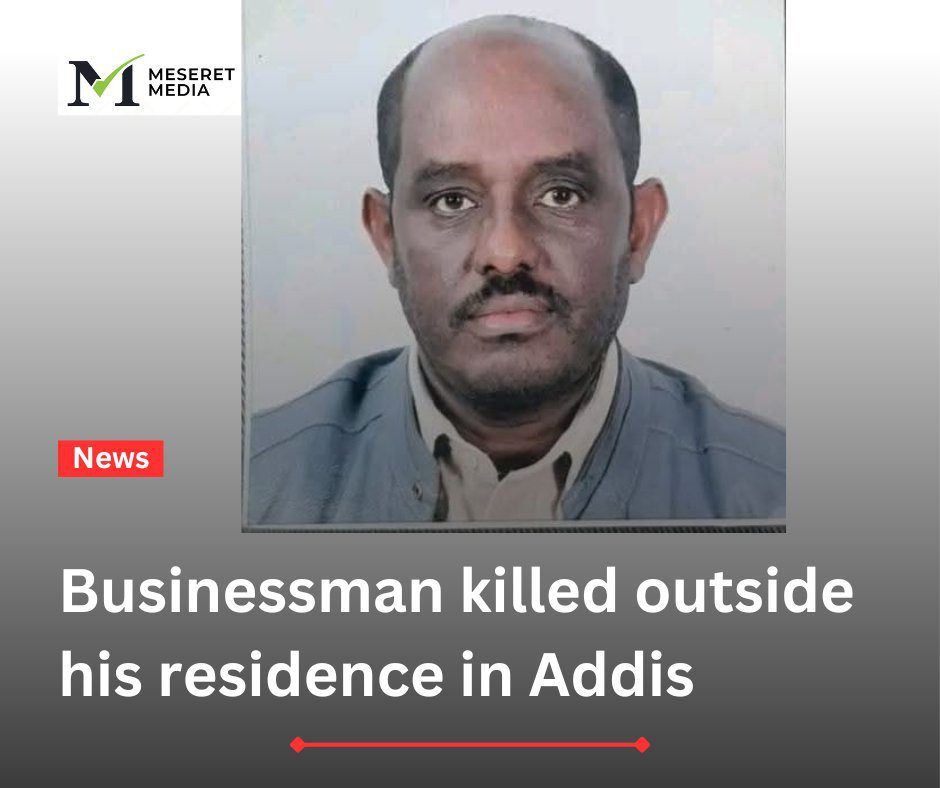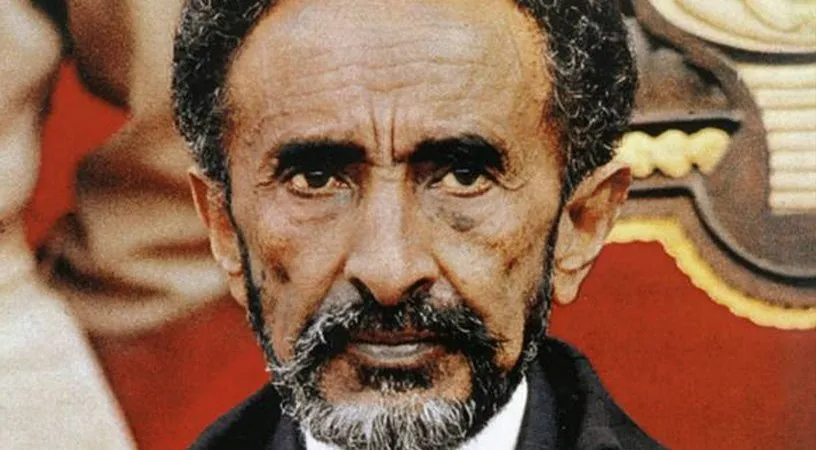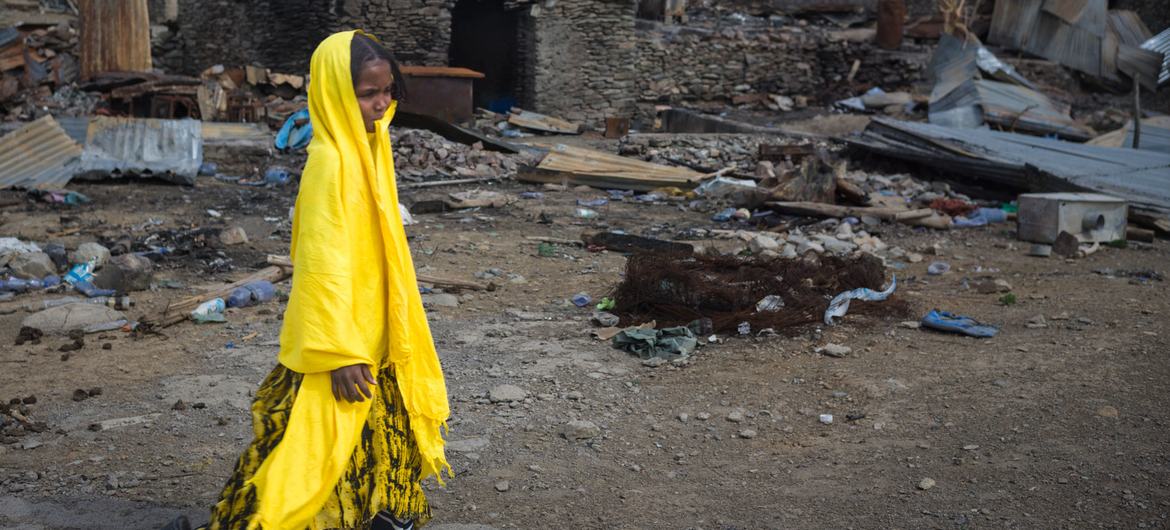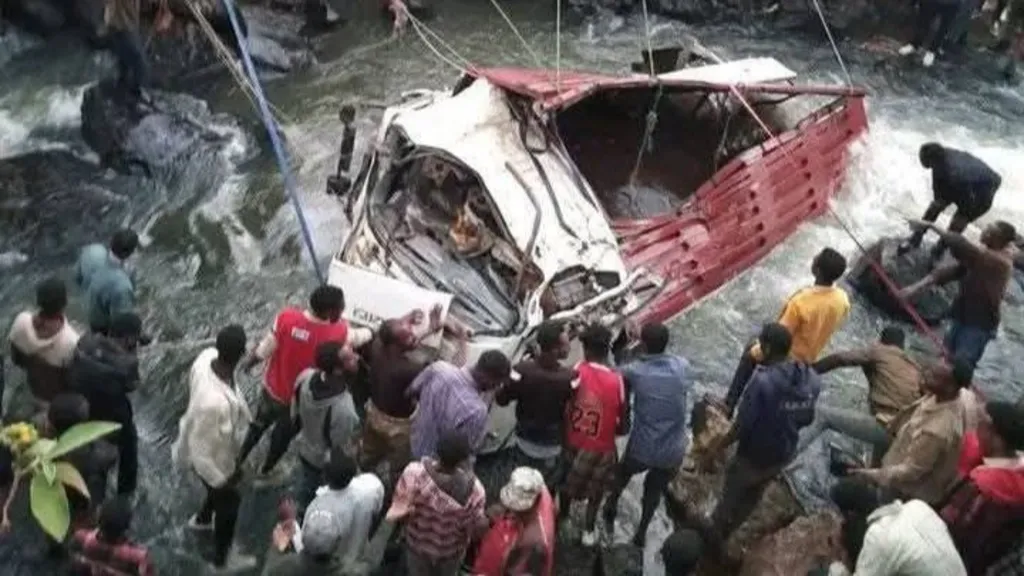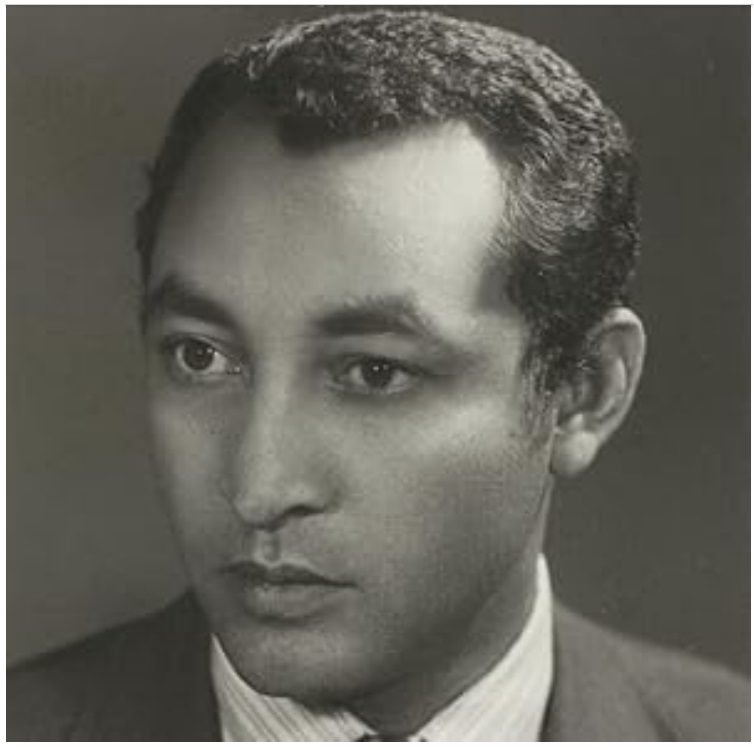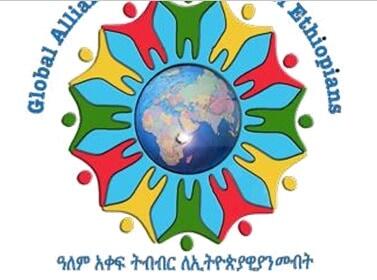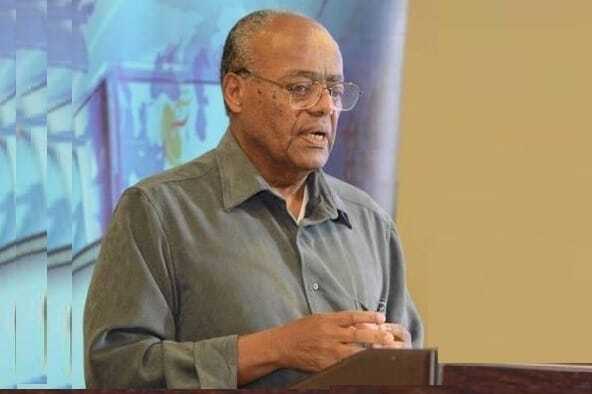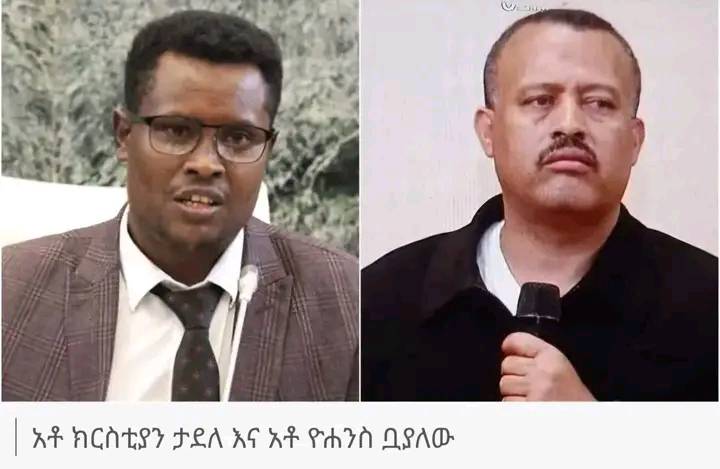Said G Osman.
Like all Ethiopians and products of Ethiopia, I have followed the political evolution in Ethiopia since the days of the Derg’s terrifying maladministration and later, the TPLF misrule. I have read and listened to arguments against the TPLF misrule, especially since the elections of 2005. We are now five years into the PM Abiy Ahmed’s administration. As most of us recall, there was a lot of excitement about the birth of true democracy and freedom in Ethiopia soon after Abiy came to power, but today the discourse we are having is very similar to what we had during the TPLF era, only a bit more sophisticated! It looks like we have gone back to square 1! But why is history repeating itself so regularly? Is it even history repeating itself, or the fact that the underlying problems with Ethiopia was never quite understood and, therefore, had never been solved?
I am not an expert in politics, but in light of the disastrous path Ethiopia has been on for so long, and now even the prospect of disintegration being raised so often, I thought maybe using a disease analogy will help us better understand the core problems facing us not just in Ethiopia but throughout the world today.
I chose a broken bone to describe Ethiopia’s situation. There are many scenarios of a broken bone and it is extremely important for the physician to understand these scenarios in order to offer the appropriate treatment to cure, otherwise the patient may end up with unsatisfactory outcomes and prolonged suffering. I have chosen only three scenarios to help readers follow the analogies with minimal confusion. So, please try to understand these simple scenarios:
- One healthy broken bone in a healthy patient, examples:
- Broken tip of the little finger of the left non-dominant hand causes minimal inconvenience to a healthy person.
- A broken ankle causes much more inconvenience because the patient cannot walk on it for a while without pain. But a healthy person can use crutches and other means of transport to carry out normal activities.
- One healthy broken bone in a patient who suffers other medical issues: Depending on which bone is broken (e.g. the thigh bone), the suffering is much more for someone who has other medical issues like breathing problem, heart problem, diabetes, cancer, etc. The patient may not even be able to do basic things, like dressing up, going to toilet, cooking and feeding himself/herself.
- Pathologic fractures (breakage of bone that is weakened by a disease such as cancer) of multiple bones in a patient with additional illness: e.g. a patient who suffers from bone marrow cancer which weakens the bone, may suffer multiple fractures of the spine, causing very severe pain and disabilities which makes treatment very difficult. Because of the cancer which impacts the patient’s immune system, the patient may have additional problems like pneumonia, etc.
Let’s compare Ethiopia to a human body, and let’s compare an Ethiopian ethnic regional states (and its component areas) as bones. Feel free to assign whichever bone you choose to a region, for instance thigh bone (femur) to Afar. A bone in the little finger of the left hand of a right handed person may be chosen for a small, least consequential area of a State region. The spine or part of it may be chosen for the what you consider the most important State in Ethiopia
Now let us look at the impact of different factures of the different States:
- One normal State develops a problem in an otherwise normal Ethiopia. This does not apply to Ethiopia, because there are multiple States with conflicts and Ethiopia has other issues.
- One normal state develops a problem in Ethiopia which has other problems such as famine. This does not quite adequately apply to Ethiopia because multiple States are dysfunctional
- Multiple dysfunctional States (Tigray, Amhara, Oromia, Benishangul-Gumuz) in Ethiopia with other problems, including but not limited to lack or resources, healthcare issues, famine, conflict with Egypt, etc.
As I hinted earlier, to address the problem of the multiple pathologic fractures in a patient who has other medical issues, the physician will have to do the following:
- Identify which bones are brokne.
- Give temporary treatment so that patient is comfortable while further investigations are performed regarding the illness.
- Consult all the relevant specialties to get full assessment of the problem.
- Carry out tests to identify why the bones were broken.
- Identify all the other abnormalities which are impacting the patient’s health.
- After getting all the necessary information, plan and implement the treatment strategies:
- Fix the fractures which is causing a lot of pain to the patient;
- Treat the cancer that was the cause of the broken bones;
- Treat all the other abnormalities so that the patient will be able to get the maximum benefit from the treatment.
- Set up rehabilitation program so that the patient may return to his/her normal activities.
How can this type of healthcare protocol be applied to Ethiopia’s chronic/recurring illness?
- Identify which States have problems (ethnic-base, etc.):
- Tigray
- Amhara
- Oromia, etc.
- Give temporary relief while the source and cause of the problem is being sorted out:
- Urgently stop all violence, especially against vulnerable innocent people;
- Set up a Federal/Regional committee to oversee the welfare of the victims;
- Give temporary shelter to those displaced;
- Supply basic needs to the victims of assaults – food, water, shelter, healthcare.
- Apply all the necessary resources to get to the root of the problem:
- Federal Parliamentary select committees
- Judicial committees
- Civil societies
- Legal societies
- Political entities
- Constitutional scholars
- International (AU) advisors
- Identify all the causes of the problems
- Inter-ethnic hostilities
- Inter-religious hostilities
- Historical grudges
- Disparities in resource availabilities
- Disparities in wealth
- Disparities in Education
- Identify all the other problems in the States in addition to the above issues:
- Natural resources or lack thereof,
- Draught and famine
- Investment in the development of resources
- Healthcare
- Infrastructure
- Plan and apply cure for the main (ethnic-based) issue and all the secondary issues.
- Revise the ethnic-division-based constitution, urgently!
- Eliminate all terrorist forces which caused so much suffering of innocent citizens.
- Eliminate all the State leaderships which facilitated the terrorism against innocent citizens.
- Bring to justice all the criminals
- Educate the public about the dangers of hostilities, especially ethnic-based ones, to the survival of Ethiopia, especially when, like today, the entire world is in conflict. The impact on everyone will be negative, learn from the TPLF!
- Eliminate ethnic-based politics. Any Ethiopian should be able to complete for a political position anywhere in Ethiopia, without bias. If an Indian can be the Prime Minister of Britain, why can’t a Gurage be the State President of Amara, or an Amhara be the State President of Oromia
- How about choosing neutral names for the States – based of geographic location (North, North-East, South, etc.), history, nature, etc. This will make people from any region of Ethiopia feel comfortable to explore opportunities anywhere in the country which would benefit all!
- Address all the above issues which benefit some while hurting the others.
The reason why I bring a healthcare model to this forum is because, over the last several decades, medical professionals have spent a lot of resources and made a lot of sacrifices to develop technologies with the sole intension of helping fellow human being avoid pain and suffering from the worst enemy against human beings – DISEASE! To my knowledge, there is no human technology which beats the healthcare technology in its impact on human survival and wellbeing! In my view, anything short of such a thorough and detailed approach to the inter-ethnic and other conflicts that has plagued Ethiopia for so long, will not help and is waste of time and resources while innocent people continue to suffer.
Today, we stand at a point in human history where certain diseases have almost been eradicated, certain deadly diseases are now routinely cured, there are systems to identify new diseases and bring them under control quickly, as long as politics don’t get in the way! But to date, there are dangerous mindsets of some national leaders around the globe which the medical profession has either ignored or are afraid to address, and this is leading the world in a disastrous path which may end in its destruction.
I am sorry if what I am sharing here is felt to be too complicated, inappropriate, or farfetched. I just feel we all must try to contribute what we can to solve this unending, self-destructive, path of Ethiopia. One basic fact about life which we all must understand and accept is that NOBODY WINS IN AN ADVERSORIAL RELATIONSHIP! If you win, it’s temporary because you have created an enemy who is waiting for an opportunity to hit back, and if you lose you have an enemy who will do everything possible to eliminate you. We must all work towards the WIN-WIN relationship where we stand together and everybody wins. It’s the only scenario where human being made meaningful progress historically.




